Home>Furniture & Design>Outdoor Furniture>How To Choose The Right Material For Outdoor Signage


Outdoor Furniture
How To Choose The Right Material For Outdoor Signage
Modified: January 16, 2024
Discover the best material for outdoor signage. Learn how to select the right outdoor furniture, design, and materials for your signage needs.
(Many of the links in this article redirect to a specific reviewed product. Your purchase of these products through affiliate links helps to generate commission for Storables.com, at no extra cost. Learn more)
Introduction
When it comes to outdoor signage, choosing the right material is crucial for ensuring durability, visibility, and overall effectiveness. Whether you're a business owner looking to attract customers, a public institution aiming to convey important information, or an event organizer seeking to promote an occasion, the outdoor signage material you select plays a pivotal role in achieving your objectives.
In this comprehensive guide, we will explore the various considerations involved in selecting outdoor signage materials, popular options available in the market, and the essential factors to keep in mind when making this important decision. From weather resistance and longevity to visual appeal and cost-effectiveness, the material of your outdoor signage can significantly impact its performance and longevity.
Join us as we delve into the world of outdoor signage materials, providing you with valuable insights to help you make informed choices that align with your specific needs and goals. Whether you're a seasoned professional or a newcomer to the realm of outdoor signage, this guide is designed to equip you with the knowledge and understanding necessary to navigate this critical aspect of visual communication. Let's embark on this journey together and uncover the secrets to choosing the perfect material for your outdoor signage needs.
Key Takeaways:
- Choose outdoor signage materials based on weather resistance, durability, visibility, maintenance, cost, and regulations to ensure long-lasting, effective communication in any environment.
- Consider aluminum for durability, acrylic for versatility, and wood for a rustic look when selecting outdoor signage materials, aligning with specific needs and visual appeal.
Considerations for Outdoor Signage Materials
Before delving into the specifics of various materials, it’s essential to understand the key considerations that should inform your decision-making process when selecting outdoor signage materials.
- Weather Resistance: Outdoor signage is exposed to the elements, including sunlight, rain, wind, and fluctuating temperatures. The chosen material must be capable of withstanding these conditions without deteriorating or losing its visual appeal.
- Durability: The longevity of outdoor signage is paramount. The material should be resilient enough to maintain its structural integrity and visual impact over an extended period, minimizing the need for frequent replacements or repairs.
- Visibility and Legibility: The chosen material should facilitate clear visibility and legibility, ensuring that the signage effectively communicates its message to the intended audience, even from a distance or in varying lighting conditions.
- Maintenance Requirements: Consider the maintenance demands of the material. Ideally, the chosen material should be easy to clean and maintain, reducing the time and effort required to keep the signage looking fresh and appealing.
- Cost-Effectiveness: While quality is paramount, it’s important to weigh the initial and long-term costs associated with the material. Balancing durability and visual appeal with cost considerations is essential for making a financially sound decision.
- Regulatory Compliance: Depending on the location and purpose of the signage, there may be specific regulations or standards to adhere to. Ensure that the chosen material aligns with any relevant guidelines to avoid potential issues in the future.
By carefully evaluating these considerations, you can narrow down the options and make an informed choice that aligns with your specific requirements and the environmental factors impacting your outdoor signage.
Popular Material Options for Outdoor Signage
Outdoor signage materials encompass a diverse range of options, each with its unique characteristics and suitability for different purposes. Understanding the features and benefits of these popular materials can guide you toward selecting the most appropriate option for your specific signage needs.
1. Aluminum: Known for its durability and resistance to rust and corrosion, aluminum is a popular choice for outdoor signage. It offers a sleek, professional appearance and can withstand harsh weather conditions, making it ideal for long-term outdoor use.
2. Acrylic: Acrylic, also known as Plexiglas, is valued for its transparency, weather resistance, and versatility. It is lightweight, durable, and can be easily customized with various colors and finishes, making it suitable for a wide range of outdoor signage applications.
3. Corrugated Plastic: Commonly used for temporary or semi-permanent outdoor signage, corrugated plastic, often referred to as Coroplast, is cost-effective, lightweight, and weather-resistant. It is frequently employed for events, real estate signage, and short-term promotional displays.
4. Wood: For a rustic or natural aesthetic, wood signage provides a timeless appeal. While wood requires proper sealing and maintenance to withstand outdoor conditions, it offers a charming and traditional look that resonates with certain branding and design themes.
5. Vinyl: Vinyl signage is versatile, durable, and highly customizable. It is often used for banners, vehicle wraps, and large-format outdoor displays. With advancements in printing technology, vinyl signage can feature vivid graphics and designs, making it a popular choice for impactful outdoor advertising.
6. HDU (High-Density Urethane): HDU is a versatile material that mimics the look of traditional wood signage while offering superior weather resistance and dimensional stability. It is often used for carved or dimensional signs, providing a classic, refined appearance suitable for various outdoor settings.
These are just a few examples of the diverse materials available for outdoor signage. Each material offers distinct advantages and considerations, and the optimal choice depends on factors such as the intended lifespan of the signage, environmental conditions, desired aesthetics, and budget constraints.
When choosing material for outdoor signage, consider durability and weather resistance. Materials like aluminum, acrylic, and PVC are good options for withstanding outdoor elements.
Factors to Consider When Choosing Outdoor Signage Material
When evaluating the myriad options for outdoor signage materials, several critical factors should guide your decision-making process to ensure that the chosen material aligns with your specific requirements and delivers optimal performance in an outdoor environment.
- Environmental Exposure: Assess the typical weather conditions and environmental factors the signage will face. Consider elements such as sunlight, precipitation, wind, and temperature fluctuations, as these can impact the longevity and visual appeal of the material.
- Intended Lifespan: Determine the expected duration for which the signage will be in use. Whether it’s a temporary promotional display or a permanent business sign, the material should be selected based on its ability to maintain quality and functionality for the intended lifespan.
- Visual Impact: Consider the visual appeal and branding objectives associated with the signage. The material should complement the overall design and messaging, contributing to a cohesive and impactful visual presence that resonates with the target audience.
- Maintenance Requirements: Evaluate the maintenance demands of each material. Some materials may require regular cleaning, sealing, or protective treatments to preserve their appearance and structural integrity, while others offer low-maintenance characteristics.
- Budget Considerations: Determine the budget allocated for the signage project, including both initial costs and long-term maintenance expenses. Balancing quality, durability, and cost-effectiveness is essential for making a financially sound decision.
- Regulatory Compliance: Research any local regulations, zoning restrictions, or industry standards that may impact the choice of signage material. Compliance with relevant guidelines is crucial for avoiding potential issues and ensuring the longevity of the signage.
- Customization and Branding: If customization and branding flexibility are important, consider materials that allow for easy customization, such as printing, engraving, or shaping to achieve unique visual effects and brand representation.
By carefully weighing these factors and aligning them with your specific needs and objectives, you can make an informed decision when selecting the most suitable material for your outdoor signage. Each factor plays a crucial role in ensuring that the chosen material meets the functional, aesthetic, and budgetary requirements of your signage project, ultimately contributing to its effectiveness and longevity in an outdoor setting.
Conclusion
Choosing the right material for outdoor signage is a multifaceted decision that requires careful consideration of numerous factors, ranging from environmental resilience and visual appeal to budget constraints and regulatory compliance. By understanding the diverse range of materials available and the specific considerations that inform their suitability for outdoor use, you can make informed choices that align with your unique signage needs and objectives.
From the durability of aluminum to the versatility of acrylic and the rustic charm of wood, each material offers distinct advantages and considerations, catering to a wide spectrum of outdoor signage applications. Whether you’re aiming to create eye-catching promotional displays, establish a strong brand presence, or convey vital information in an outdoor setting, the material you select plays a pivotal role in achieving these goals.
By carefully evaluating the environmental exposure, intended lifespan, visual impact, maintenance requirements, budget considerations, regulatory compliance, and customization options associated with each material, you can navigate the decision-making process with confidence, ensuring that the chosen material aligns with your specific needs and delivers long-lasting performance in outdoor conditions.
As you embark on your journey to select the perfect material for your outdoor signage, remember that each material possesses unique characteristics and attributes that can contribute to the overall effectiveness and visual appeal of your signage. Whether you prioritize weather resistance, visual impact, or cost-effectiveness, the ideal material is out there, waiting to bring your outdoor signage vision to life.
Armed with the insights and considerations outlined in this guide, you are well-equipped to make informed decisions and embark on a signage journey that seamlessly integrates functionality, aesthetics, and durability. Your outdoor signage endeavors are poised for success, empowered by the knowledge and understanding necessary to choose the right material for the job.
May your outdoor signage stand the test of time, weather the elements with resilience, and captivate audiences with its compelling visual presence, all made possible by the careful selection of the perfect material to bring your vision to life.
Frequently Asked Questions about How To Choose The Right Material For Outdoor Signage
Was this page helpful?
At Storables.com, we guarantee accurate and reliable information. Our content, validated by Expert Board Contributors, is crafted following stringent Editorial Policies. We're committed to providing you with well-researched, expert-backed insights for all your informational needs.

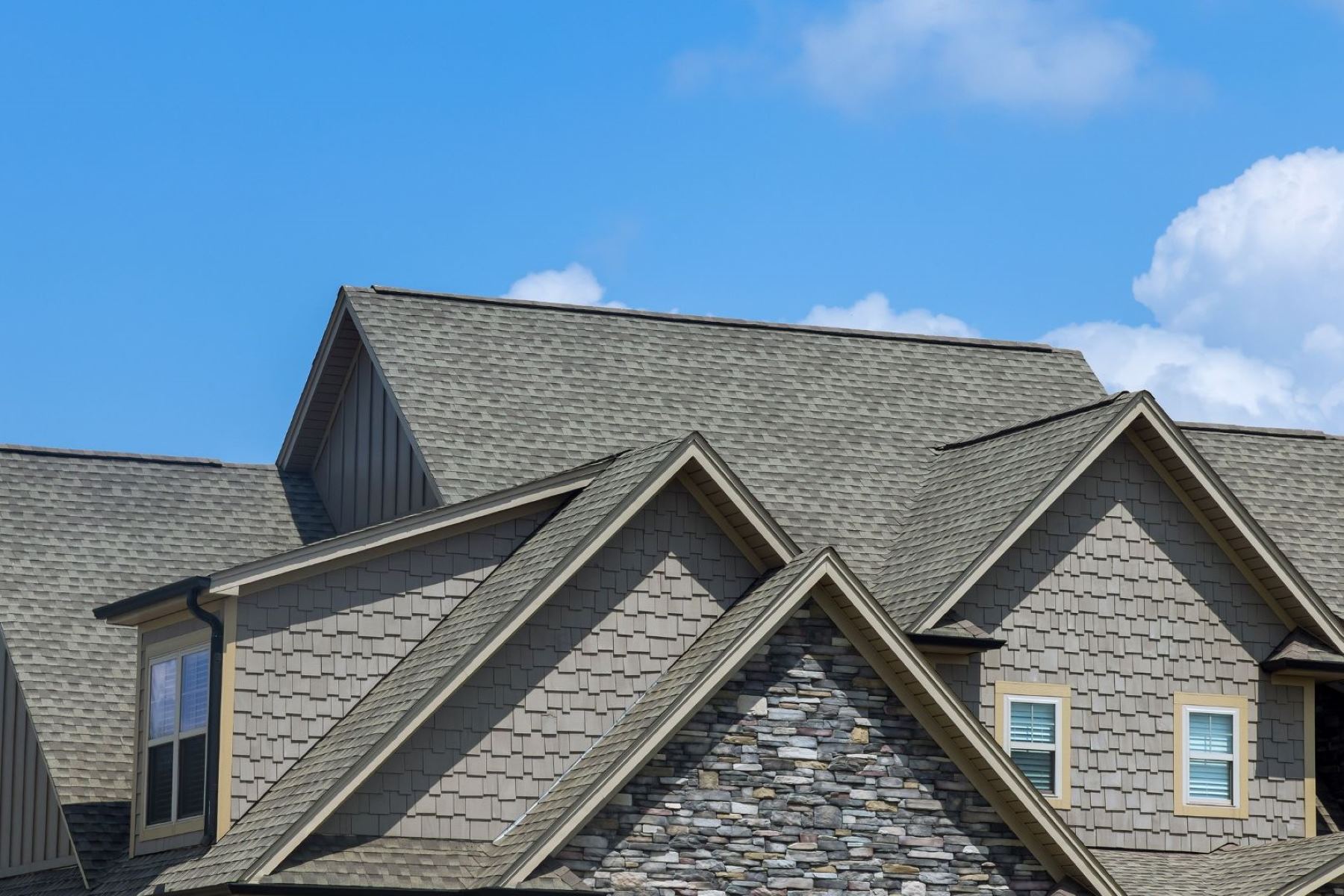

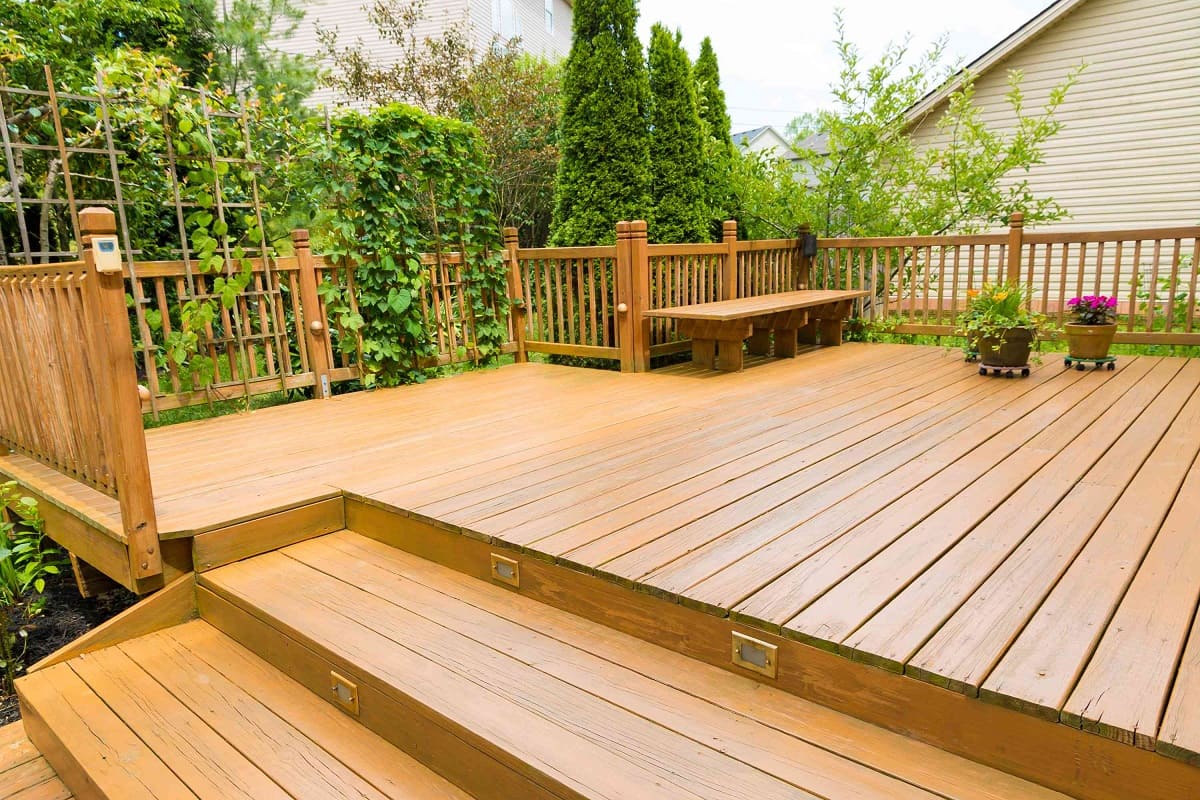

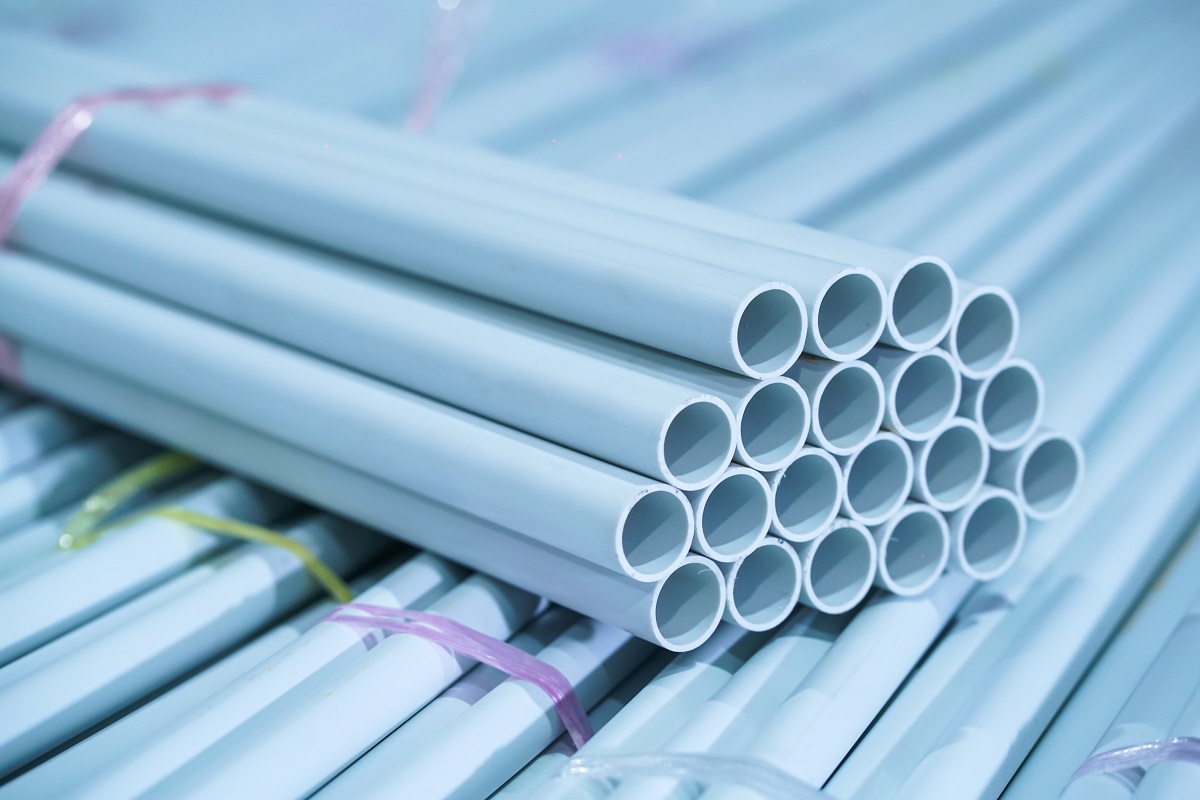



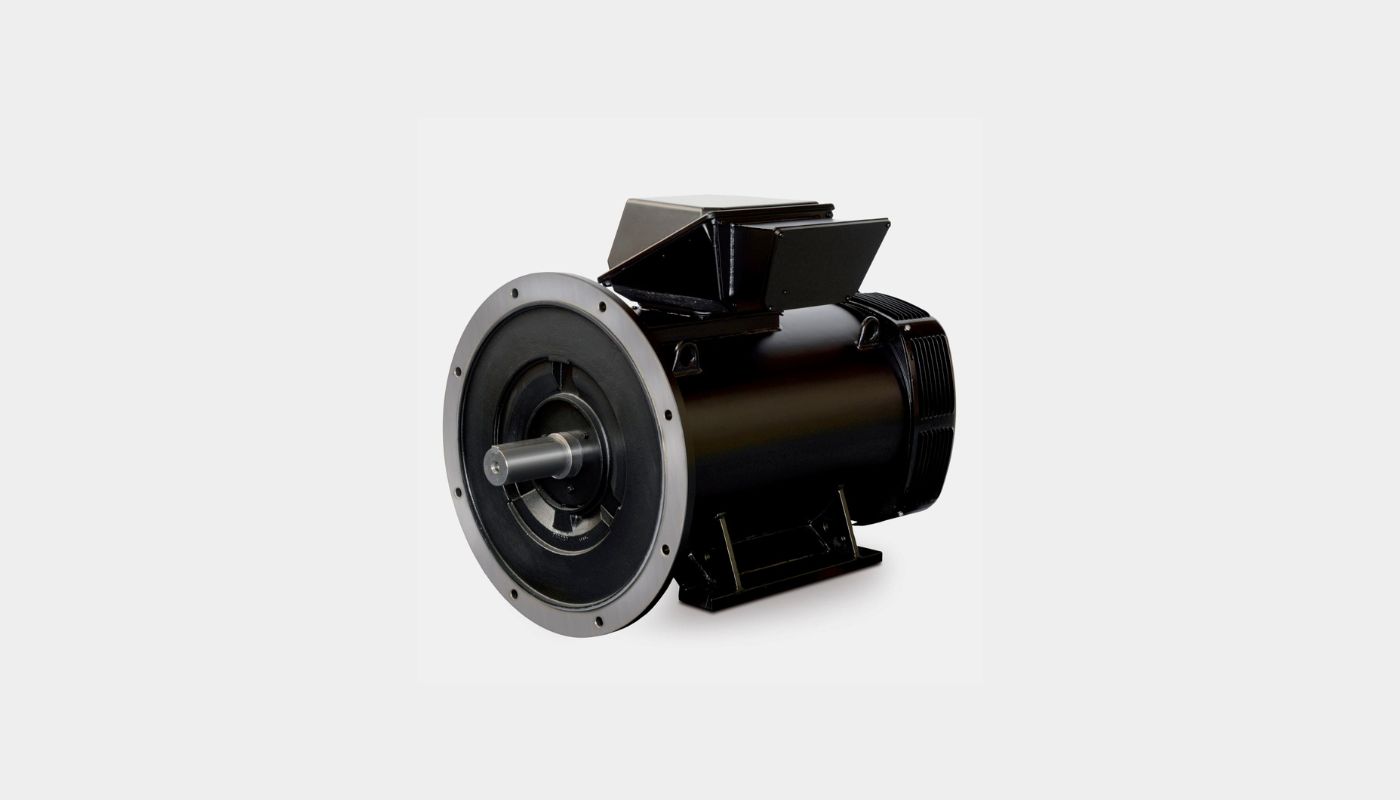
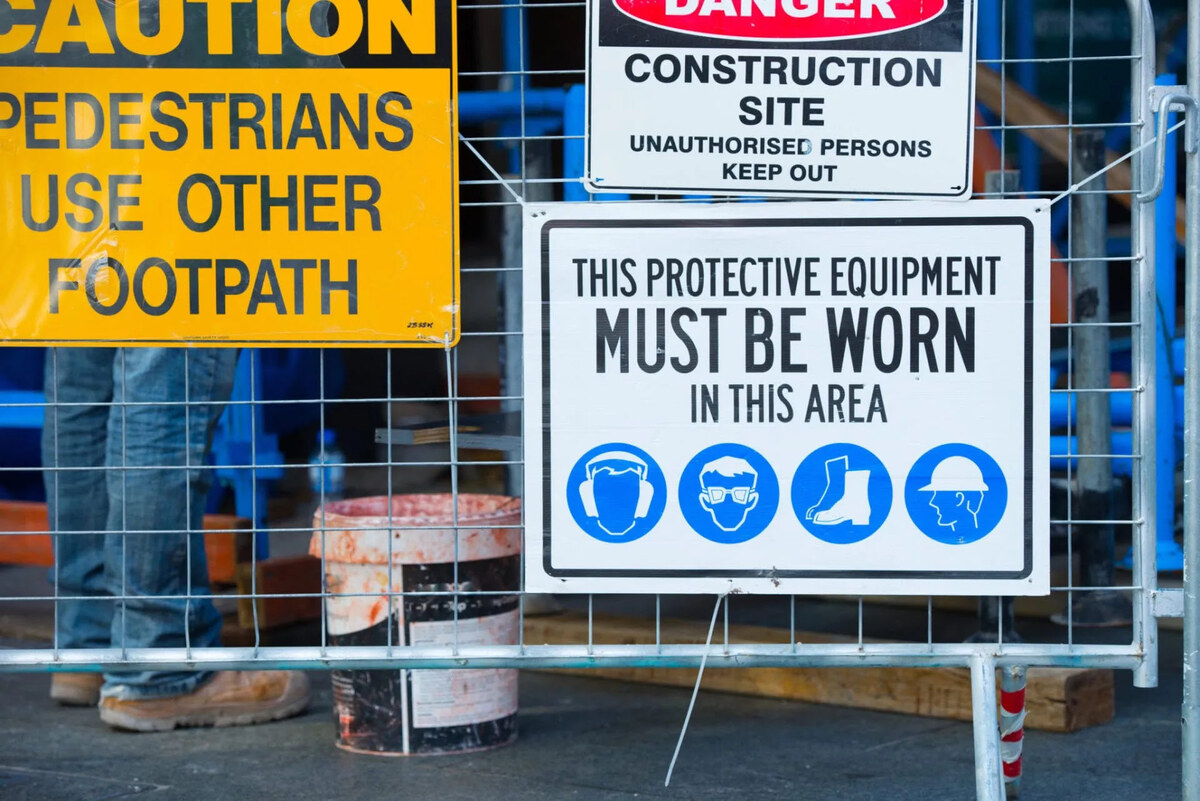


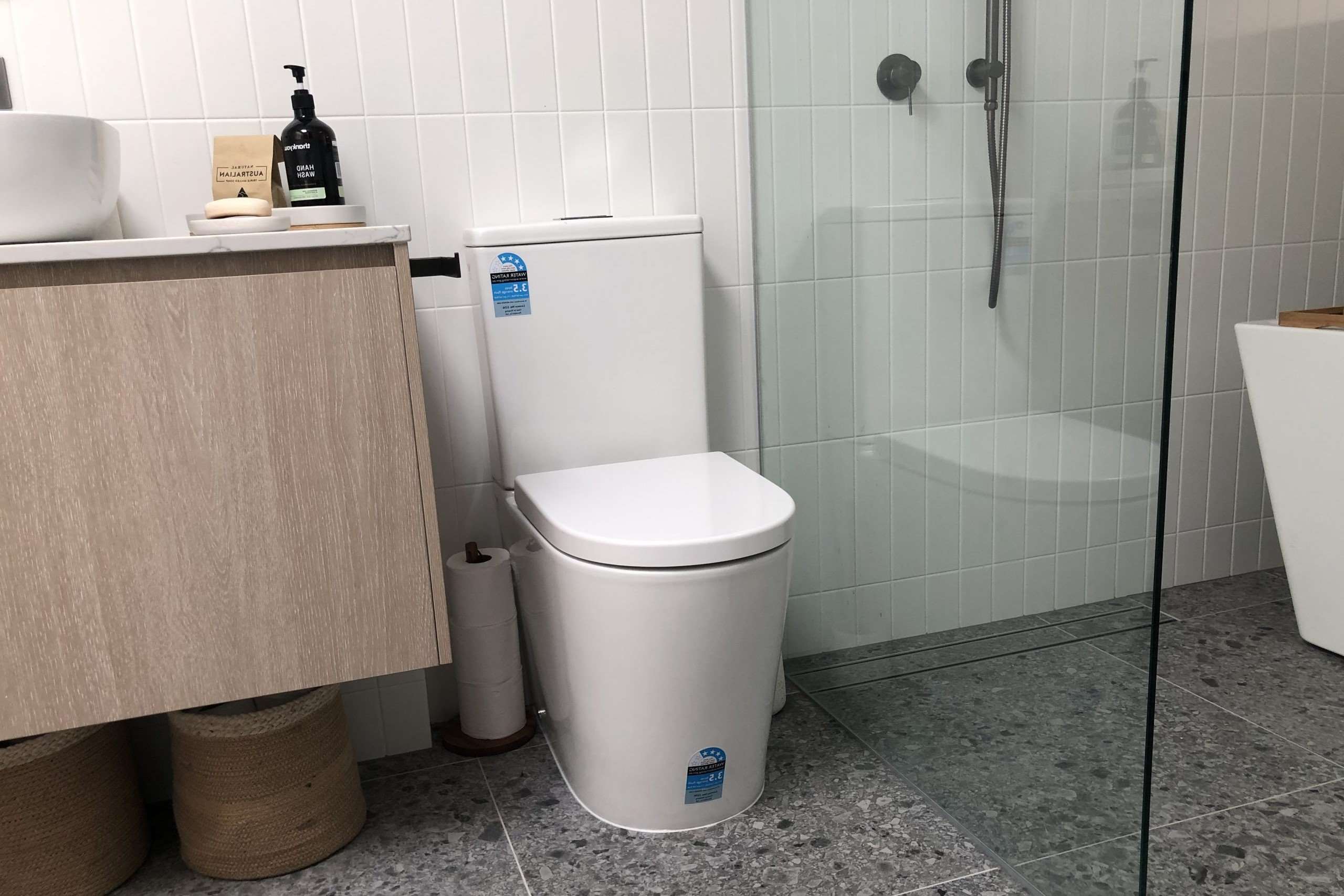
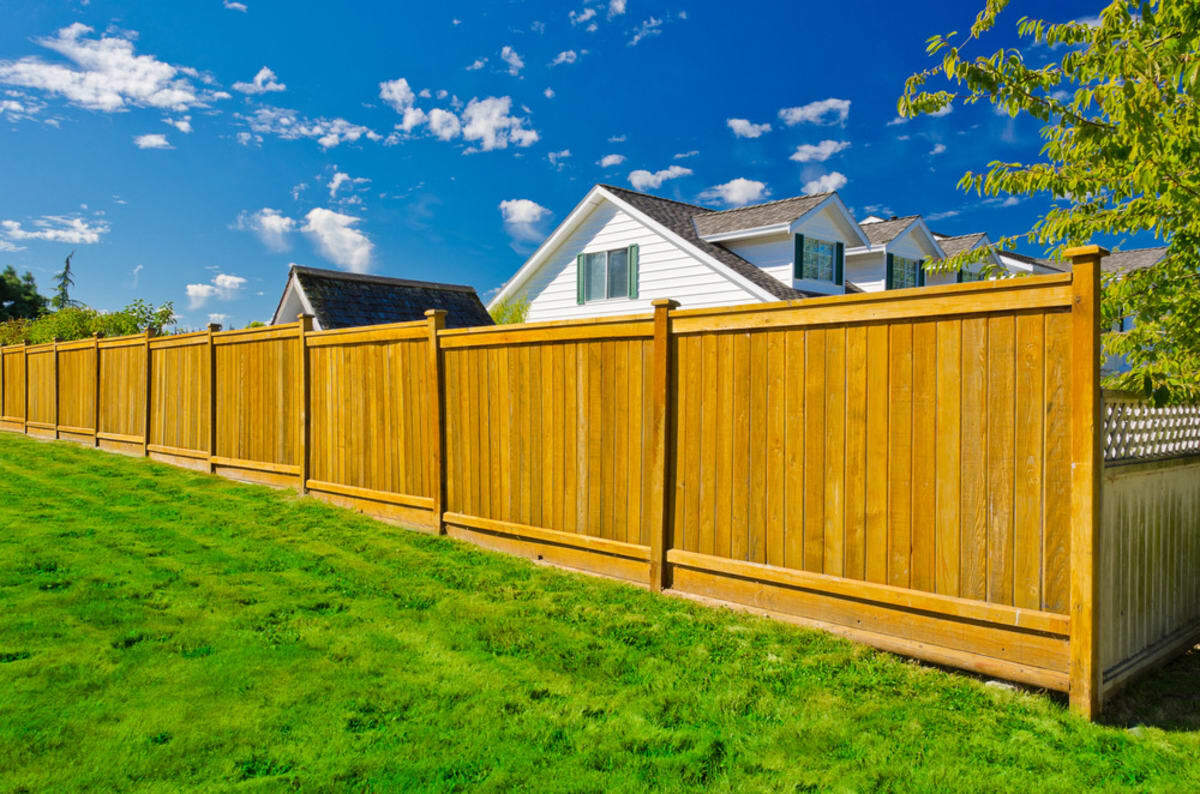

0 thoughts on “How To Choose The Right Material For Outdoor Signage”